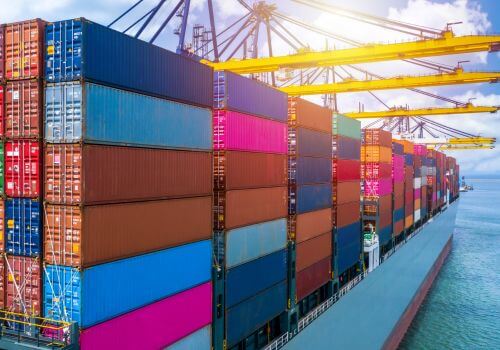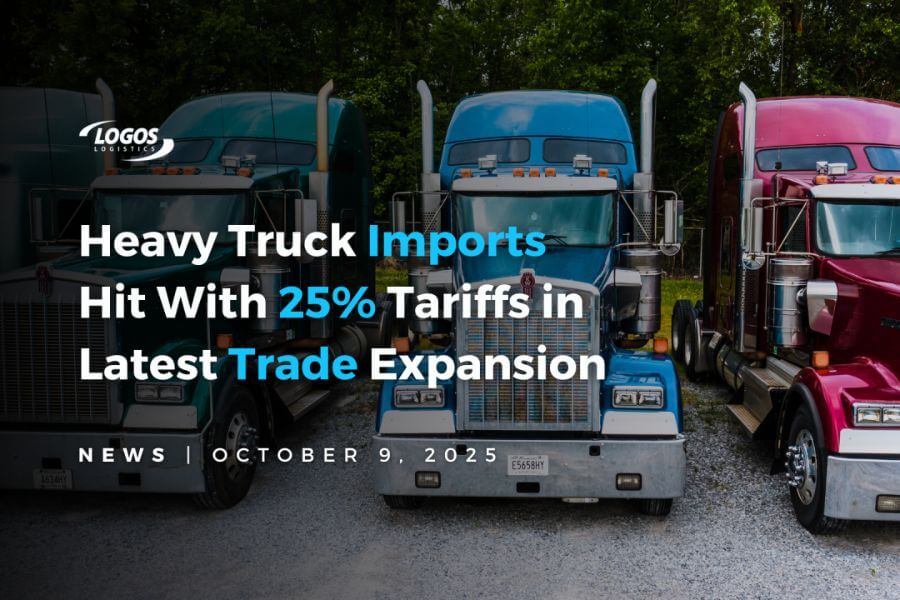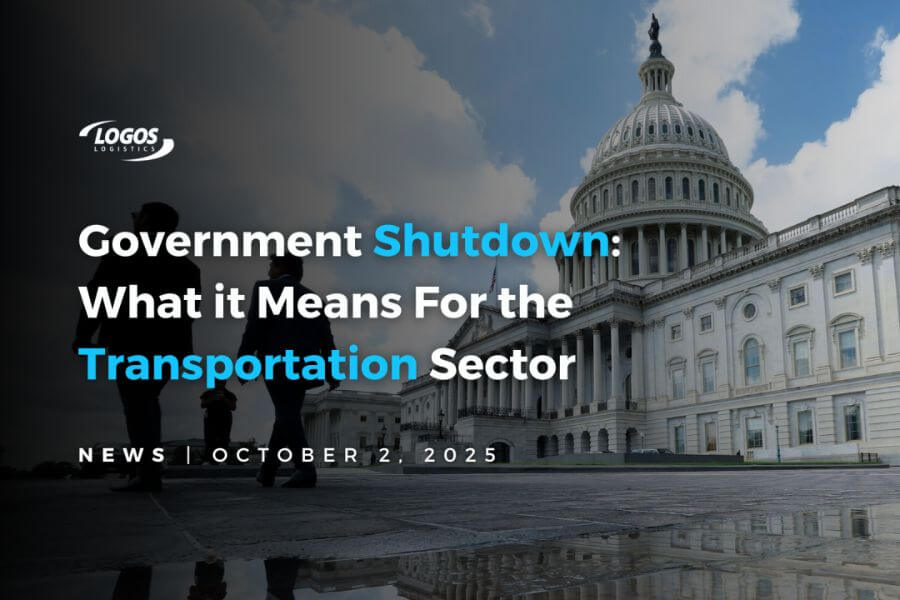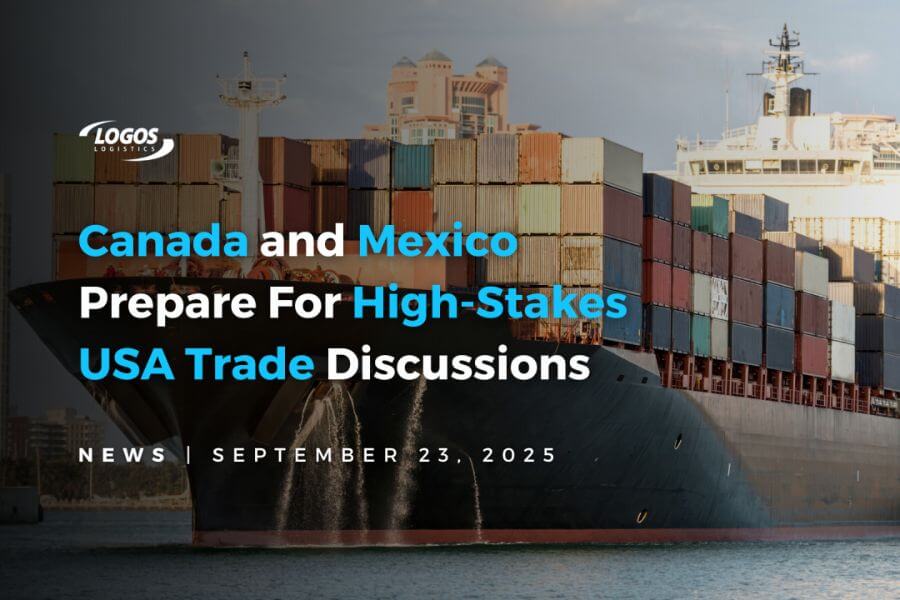>>> Read newsletter on LinkedIn <<<
The introduction of tariffs by U.S. President Donald Trump significantly reshaped trade dynamics between the United States, Canada, and Mexico. This article delves into the implications of these tariffs, specifically detailing the tariff percentages, and offers strategic insights for e-commerce businesses and freighters. The role of U.S.-based Third-Party Logistics (3PL) providers is also examined, emphasizing how they can assist in navigating these changes.
Impact of Trump's Tariffs on North America
President Trump has recently implemented a range of new tariffs affecting various countries, marking a significant shift in U.S. trade policy:
- General Tariff Increase: A 10% baseline tariff has been imposed on all imports to the U.S., effective from April 5, 2025. This is part of a broader strategy to use tariffs as a tool for economic leverage and national security.
- Specific Tariffs:
- China: Additional tariffs have been set, with a new 34% tariff increasing the total tariff on Chinese imports to 54%. This is in addition to previous tariffs imposed during both Trump’s earlier presidency and Joe Biden’s term.
- Canada and Mexico: These countries face a 25% tariff on most imports, except for certain goods like energy products and potash, which are subject to a 10% tariff if they do not meet the U.S.-Mexico-Canada Agreement (USMCA) criteria.
- European Union: Facing 20% tariffs.
- Sector-Specific Tariffs: There are also sector-specific tariffs, like the 25% tariffs on auto imports which now apply under stringent conditions aimed at bolstering U.S. manufacturing and addressing national security concerns.
- Long-term Implications: These tariffs are intended to remain until the targeted nations take adequate steps to address issues related to illegal immigration and drug trafficking, particularly the flow of fentanyl.
- Additional Measures: Besides the tariffs, the U.S. is eliminating exemptions like the de minimis exemption for low-value imports from affected countries, impacting e-commerce and other small value shipments.
This major policy shift reflects a strategic use of economic measures to address security and economic challenges, aiming to bring production closer to home and secure the U.S. borders against illegal activities. For businesses and consumers, this could mean changes in prices and availability of imported goods, and a shift towards domestic alternatives where possible.
These tariffs complicated the economic landscape, creating challenges and opportunities in several sectors:
- Canada: The tariffs led to immediate cost pressures for industries exporting steel and aluminum to the U.S. Canada’s retaliatory tariffs aimed to balance the scales but also strained other sectors reliant on U.S. imports, such as food and beverages.
- Mexico: Mexico’s automotive and manufacturing sectors felt significant impacts. The cost of U.S-imported steel raised production costs and end-product prices, affecting competitiveness in both domestic and international markets.
- United States: Intended to bolster U.S. manufacturing, the tariffs had a mixed outcome, boosting some sectors while increasing production costs for others, particularly those dependent on imported raw materials. The overall effect was an increase in prices for consumers and strained international relations.
Strategies for e-commerce businesses and freighters
In this tariff-impacted environment, businesses must adopt new strategies:
- Diversification of Supply Chain: Minimizing dependency on suppliers from affected countries can help mitigate tariff impacts. Exploring alternative sources or increasing domestic production could be beneficial.
- Cost Management and Efficiency: Optimizing other supply chain components to offset increased costs is crucial. This might include renegotiating supplier contracts or improving operational efficiencies.
- Pricing and Customer Communication: Businesses should consider strategic pricing adjustments and maintain transparent communication to manage customer expectations regarding price increases.
Role of USA-based 3PLs
U.S.-based Third-Party Logistics providers are invaluable in navigating these complexities:
- Navigating Trade Regulations: 3PLs provide expertise in current trade laws and tariffs, essential for compliance and strategic planning.
- Cost-Effective Logistics Solutions: Leveraging extensive networks, 3PLs can identify the most economical shipping routes and methods, potentially offsetting some tariff costs.
- Adaptive Logistics Strategies: With the capability to adjust logistics practices rapidly, 3PLs help businesses remain flexible in response to ongoing trade policy changes.
- Enhanced Visibility and Technology: 3PLs offer advanced technological solutions that provide businesses with real-time insights into their supply chains, enhancing decision-making capabilities.
The tariffs introduced during Trump’s presidency have presented significant challenges but also opportunities for strategic innovation in North American trade. By understanding these tariffs, leveraging the expertise of 3PLs, and implementing adaptive business strategies, e-commerce and freight companies can navigate this new trade environment effectively. As trade policies continue to evolve, maintaining agility and informed oversight will be crucial for success in the ever-changing global marketplace.











